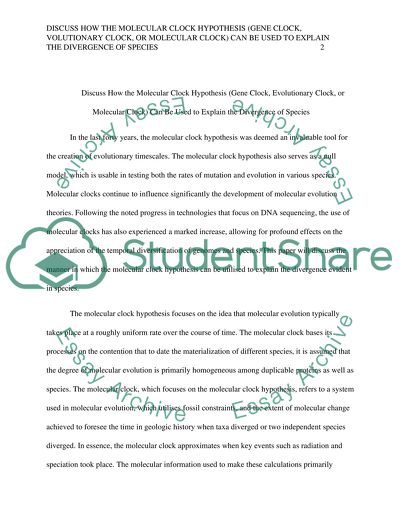Cite this document
(“Discuss how the molecular clock hypothesis (gene clock, evolutionary Essay”, n.d.)
Retrieved de https://studentshare.org/biology/1466594-discuss-how-the-molecular-clock-hypothesis-gene
Retrieved de https://studentshare.org/biology/1466594-discuss-how-the-molecular-clock-hypothesis-gene
(Discuss How the Molecular Clock Hypothesis (gene Clock, Evolutionary Essay)
https://studentshare.org/biology/1466594-discuss-how-the-molecular-clock-hypothesis-gene.
https://studentshare.org/biology/1466594-discuss-how-the-molecular-clock-hypothesis-gene.
“Discuss How the Molecular Clock Hypothesis (gene Clock, Evolutionary Essay”, n.d. https://studentshare.org/biology/1466594-discuss-how-the-molecular-clock-hypothesis-gene.


